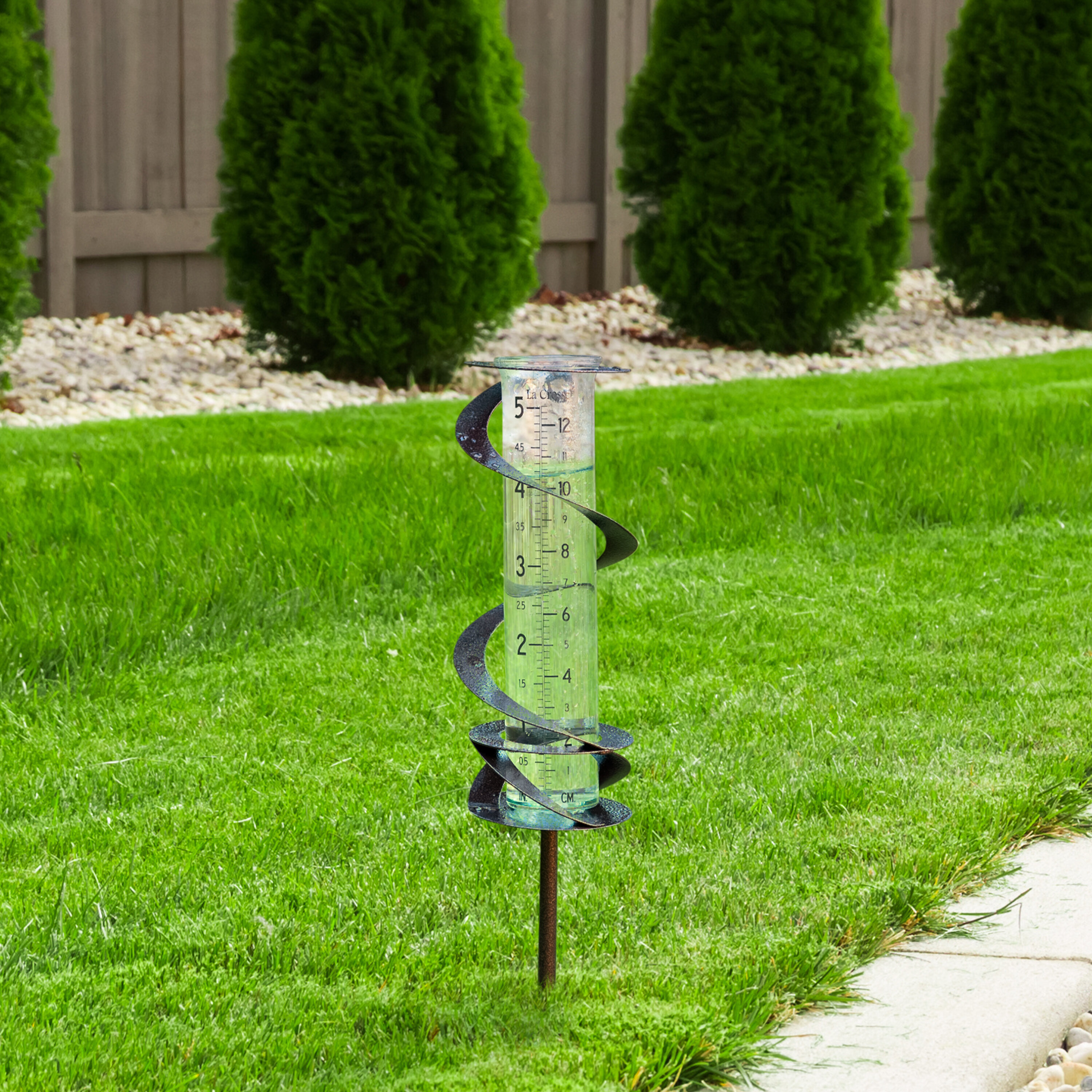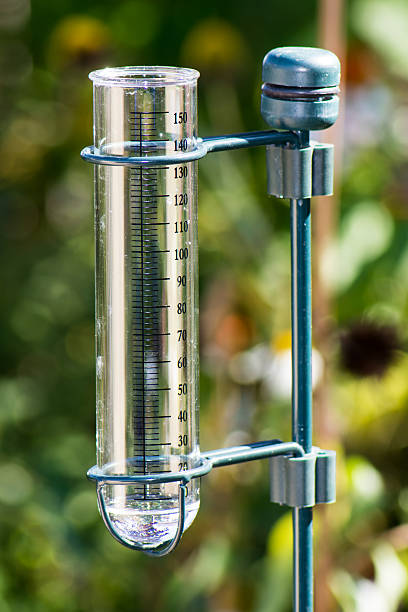Your Go-To Resource on The Rain Gauge: Advantages and Practical Applications
Your Go-To Resource on The Rain Gauge: Advantages and Practical Applications
Blog Article
Comprehending Rainfall Scale Measurements: A Full Guide
Comprehending Rainfall Scale Measurements: A Complete Guide is a comprehensive resource for any person seeking a deeper understanding of rainfall gauge measurements. Whether you are a specialist in the area or simply have an inquisitiveness regarding rains dimension, this guide will certainly furnish you with the expertise required to properly utilize rain gauge measurements.
The Relevance of Rainfall Scale Measurements
The significance of rain scale dimensions depends on their role as a crucial device for properly keeping an eye on and evaluating rainfall levels - The Rain Gauge. Rainfall scale dimensions provide beneficial information that aids hydrologists and meteorologists recognize patterns and trends in rainfall, which consequently aids in numerous areas such as farming, water source administration, and climate research

Accurate rainfall measurements are crucial for agriculture as they assist in identifying watering demands, crop growth, and return predictions. Farmers count on this information to make educated choices about when to water their plants, avoiding water waste and making sure optimum plant wellness. Furthermore, rainfall information helps in examining the impact of dry spells or excessive rains on plant production, allowing farmers to take ideal actions to decrease losses.
Water source monitoring heavily depends on rain gauge measurements to determine the quantity of water available in lakes, reservoirs, and rivers. Accurate measurements allow water supervisors to make educated decisions regarding water allocation and circulation, ensuring lasting use and preventing lacks. This information is specifically vital in regions where water shortage is a pressing concern.
In addition, rain scale dimensions play an important duty in climate study. By precisely determining rains over extended periods, scientists can assess long-term climate patterns and recognize changes in rainfall patterns as a result of environment adjustment. This data aids researchers and policymakers establish strategies to adjust to and reduce the results of climate modification.
Sorts Of Rain Gauges
There are various kinds of rainfall gauges utilized to determine rainfall accurately. Each kind has its very own advantages and limitations, making them suitable for different objectives and settings.
One of the most typical kind of rain scale is the basic round gauge. It contains a cylindrical container with a vast funnel-shaped top to gather rainwater (The Rain Gauge). The water is after that funneled into a graduated gauging tube, permitting specific measurement of the quantity of rainfall
Another kind is the evaluating rain scale. Considering rain determines are especially useful in areas with frozen rainfall or heavy rainfall, as they are not impacted by splashing or dissipation.
Tipping bucket rainfall gauges utilize a mechanism that ideas a little pail each time it accumulates a details amount of rainwater. The variety of pointers is tape-recorded and used to calculate the rainfall. This kind of gauge is typically utilized in automated weather terminals due to its reduced maintenance demands and ability to offer real-time data.
Ultimately, there are radar-based rain evaluates that usage radar modern technology to estimate rains. These determines measure the intensity of rainfall in a specific location by assessing the mirrored radar signals. They are particularly helpful for measuring rainfall over big locations or in remote locations.
Exactly How Rain Scale Measurements Job
Rainfall scale dimensions are based upon the concept of gathering and measuring the read amount of rainfall. These tools are designed to catch rain and offer an exact measurement of the rains in a particular location.
The most common kind of rainfall scale is the common round gauge. It contains a round container with a wide opening at the top to collect rainwater. The accumulated water is then funneled into a measuring tube, which is calibrated to provide the measurement in systems of length, usually inches or millimeters.
One more kind of rain gauge is the tipping container gauge. When they get to a specific weight limit, it utilizes a seesaw-like system with 2 pails that tip. Each suggestion of the container represents a particular quantity of rainfall, enabling accurate measurements.
Some innovative rainfall assesses are furnished with electronic sensors that instantly document and send information. These sensing units make use of my response different modern technologies such as ultrasound or laser to determine the amount of rainfall precisely.
Elements Affecting Rainfall Gauge Accuracy
Ecological aspects such as wind, temperature level, and climatic stress can considerably impact the accuracy of rain gauge dimensions. Changes in atmospheric stress can likewise influence the accuracy of rain gauge measurements, as they can alter the rate at which rainfall is collected.
Operational variables, on the various other hand, describe factors connected to the style, installation, and maintenance of the rain gauge. The placement of the rain scale in a location with blocked air flow or near trees or buildings can lead to incorrect readings due to clog or splattering of rainfall. Improper calibration or uneven maintenance of the rain scale can also influence its precision.
To ensure the precision of rainfall scale measurements, it is important to take into consideration these variables and take proper steps. This might involve picking a proper location for the rain scale, making sure proper installment and maintenance, and routinely adjusting the instrument. By resolving these factors, accurate and reliable rainfall dimensions can be obtained, which are critical for various applications such as climate forecasting, hydrological researches, and agriculture.
Tips for Precisely Gauging Rainfall
To make sure precise rains dimensions, it is essential to carry out particular methods and approaches when using a rain scale. Here are some tips for properly measuring rainfall:
Proper Positioning: Put the rainfall scale in an open location, away from trees, buildings, and various other obstructions that may disrupt the rains collection. It needs to be placed on a degree surface to prevent water merging or drainage.

Check useful link Out the Range Appropriately: When taking dimensions, checked out the water level at eye level from the bottom of the meniscus. Prevent parallax errors by aligning your sight directly with the water degree.
Regular Time Period: Set a constant time interval for measuring rains, such as every 1 day or after each rains occasion. This makes certain accurate monitoring and contrast of precipitation information.
Record Measurements Without delay: Tape rainfall dimensions as quickly as feasible after collection to avoid dissipation or splilling. Use a rain gauge with an integrated data logging feature for automatic recording.
Final Thought
Finally, comprehending rain scale dimensions is important for precisely determining rainfall. Different kinds of rain gauges are offered, each with their very own benefits and constraints. It is essential to think about factors that can impact the precision of rainfall scale measurements, such as positioning, wind, and evaporation. By adhering to the suggestions offered, one can make sure much more specific and dependable rains dimensions.
Comprehending Rain Gauge Measurements: A Total Overview is a thorough source for anyone seeking a deeper understanding of rain scale dimensions. Whether you are an expert in the area or simply have an interest regarding rains dimension, this guide will certainly equip you with the understanding needed to efficiently make use of rain gauge measurements.
The most common type of rainfall gauge is the typical cylindrical gauge.The most typical kind of rainfall scale is the basic cylindrical scale.An additional kind of rain gauge is the tipping pail scale.
Report this page